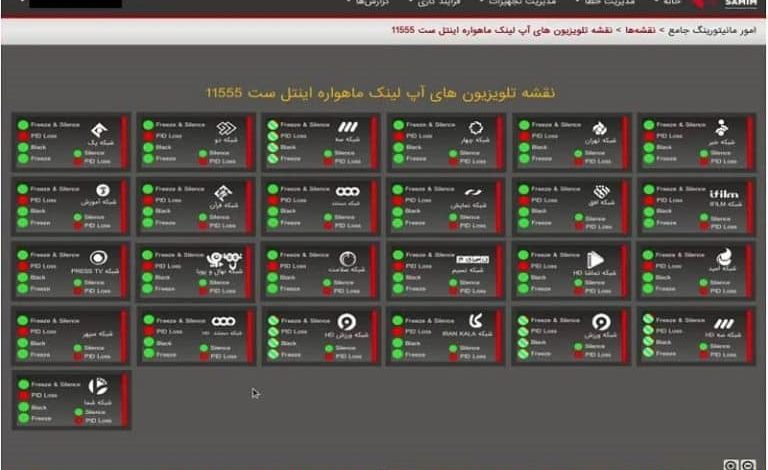Iran’s State Broadcasting Organization Reports Dozens of Satellite TV Networks Disrupted

Written by
Mehdi Oghbai
Dozens of satellite television networks, alongside hundreds of national radio stations, provincial and local TV stations across Iran have suffered severe disruptions as of January 27, according to a statement released on Monday, January 31, by the Iranian opposition People’s Mojahedin Organization of Iran (PMOI/MEK), citing a report obtained from inside the regime’s Islamic Republic of Iran Broadcasting (IRIB) monitoring system.
The disrupted satellite TV stations include 25 national TV networks broadcast through Intelsat and 20 similar channels broadcast through Badrsat, the report adds. Furthermore, hundreds of national radio stations, provincial and local city TV stations were also on “critical alert” status and reported as being on the verge of shutting down their broadcasting. The IRIB monitoring system’s control sheets show more than 2,000 “critical” warnings on state radio and TV stations broadcasting regime propaganda, according to the PMOI/MEK statement.
This latest report follows a recent disruption of state TV and radio channels on Thursday, January 27, that resulted in the broadcasting of footage of Iranian Resistance leader Massoud Rajavi, and Mrs. Maryam Rajavi, the President-elect of the Iranian opposition coalition National Council of Resistance of Iran (NCRI). That disruption has raised outrage and grave concerns among the regime’s official and state media outlets.
Full report on widespread hack of Iran state-run media
The IRIB is allocated a massive budget and is considered one of the regime’s highly sensitive organizations. This apparatus, coupled with the terrorist Revolutionary Guards (IRGC), the regime’s intelligence services, and the State Security Force, are focused on imposing a heavy atmosphere of crackdown and censorship within Iran. The IRIB is also one of the regime’s main tools in broadcasting propaganda in support of exporting fundamentalism and terrorism, all in line with the policies and at the service of the IRGC Quds Force.
“According to the ‘Comprehensive Monitoring’ system… ‘PID Loss’ indicate the complete disconnection of TV channels 1, 2, 3, 4, Tehran, News, Education, Quran, Documentary, Namayesh, Ofogh, iFilm, Press TV, Nahal va Pouya, Salamat, Nasim, Tamasha, Omid, Sepehr, HD documentary, Varzesh (Sport), Iran Kala, Varzesh (Sport) HD, Ch.3 HD, and Shoma network,” the PMOI/MEK statement explains, adding: “The entire report has been made available to the NCRI Security and Counter-Terrorism Committee and is available for publishing if necessary.”
The statement continues by providing charts and names of a long list of the regime’s state TV and radio networks disrupted, shedding light on both the scope of this recent blow to the mullahs and the distance to which the regime goes to in establishing such a vast network of outlets pursuing its crackdown and censorship agendas.
Four days later the networks have yet to return to normal broadcasting. This is more reason why on January 29, the IRGC-associated Javan daily referred to the latest disruptions as “complicated,” “unprecedented,” “completely extraordinary and unbelievable.

